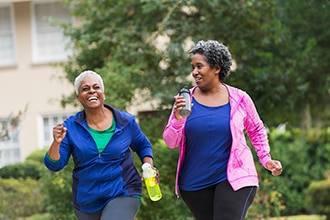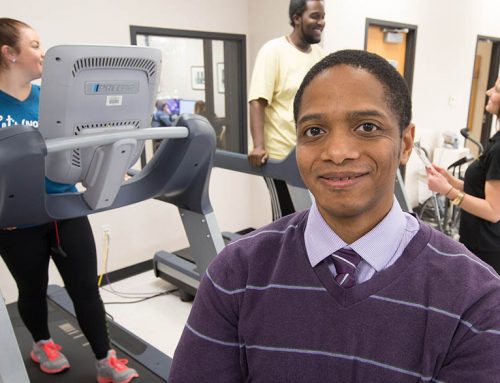Physical inactivity is a major risk factor for developing coronary artery disease. It also increases the risk of stroke and such other major cardiovascular risk factors as obesity, high blood pressure, low HDL (“good”) cholesterol and diabetes. The American Heart Association recommends that children and adolescents participate in at least 60 minutes of moderate to vigorous physical activity every day.
Why is exercise or physical activity important for my child?
Just like in adults, increased physical activity has been associated with an increased life expectancy and decreased risk of cardiovascular disease. Physical activity produces overall physical, psychological and social benefits.
Inactive children are likely to become inactive adults.
Physical activity helps with:
- controlling weight
- reducing blood pressure
- raising HDL (“good”) cholesterol
- reducing the risk of diabetes and some kinds of cancer
- improved psychological well-being, including gaining more self-confidence and higher self-esteem
How do I promote physical activity in my child?
- Physical activity should be increased by reducing sedentary time (e.g., watching television, playing computer video games or talking on the phone).
-
Physical activity should be fun for children and adolescents.
-
Parents should try to be role models for active lifestyles and provide children with opportunities for increased physical activity.
What if my child is uncoordinated or overweight?
All children, even less-coordinated ones, need to be physically active. Activity may be particularly helpful for the physical and psychological well-being of children with a weight problem.
| AHA Recommendation All children age 2 and older should:
|
Learn more:
This content was last reviewed on 03/22/2013.






Leave a Reply